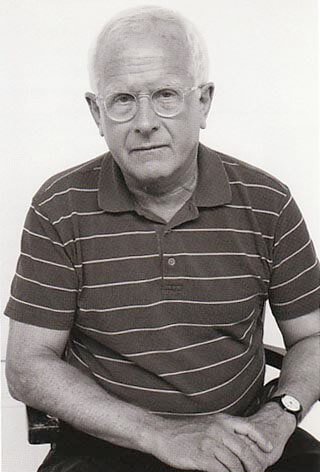Born in Douglas, Isle of Man in 1946, he left school at age sixteen and joined the only four star hotel on the Isle of Man as a trainee hotel manager. In June 1964 he decided to pursue photography full time and became a beach photographer in order to earn enough money to leave the Isle of Man. In October 1964 he was hired as the third assistant to the leading London advertising photographer Adrian Flowers. He then worked as a freelance assistant for various photographers in London from 1966-69. In 1969, after seeing his very first exhibition of photography at the Museum of Modern Art in New York, he decided to return to photograph in the Isle of Man. He worked in his father's pub at night returning to London on occasion to print his work. On a return visit to the USA in 1971, Lee Witkin, the New York gallery owner, commissioned a limited edition portfolio of the Isle of Man work, paying for it in advance so that Killip could continue to photograph. In 1972 he received a commission from The Arts Council of Great Britain to photograph Huddersfield and Bury St Edmunds for the exhibition Two Views - Two Cities. In 1975, he moved to live in Newcastle-upon-Tyne on a two year fellowship as the Northern Arts Photography Fellow. He was a founding member, exhibition curator and advisor of Side Gallery, Newcastle-upon-Tyne, as well as its director, from 1977-9. He continued to live in Newcastle and photographed throughout the North East of England, and from 1980-85 made occasional cover portraits for The London Review of Books. In 1989 he was commissioned by Pirelli UK to photograph the workforce at their tyre factory in Burton-on-Trent. In 1989 he received the Henri Cartier Bresson Award and in 1991 was invited to be a Visiting Lecturer at the Department of Visual and Environmental Studies, Harvard University. In 1994 he was made a tenured professor and was department chair from 1994-98. He retired from Harvard in December 2017 and continues to live in the USA.
His work is featured in the permanent collections of major institutions such as the Museum of Modern Art, New York; George Eastman House; Fine Arts Museum of San Francisco; Museum Folkwang, Essen; the Stedelijk Museum, Amsterdam; National Gallery of Australia, Canberra; and the Victoria and Albert Museum, London.
Source: chriskillip.com
Skinningrove 1982 - 84
The village of Skinningrove lies on the North-East coast of England, halfway between Middlesbrough and Whitby. Hidden in a steep valley it veers away from the main road and faces out onto the North Sea. Like a lot of tight-knit fishing communities it could be hostile to strangers, especially one with a camera.
"Now Then" is the standard greeting in Skinningrove; a challenging substitute for the more usual, "Hello". The place had a definite 'edge' and it took time for this stranger to be tolerated. My greatest ally in gaining acceptance was 'Leso' (Leslie Holliday), the most outgoing of the younger fishermen. Leso and I never talked about what I was doing there. but when someone questioned my presence, he would intercede and vouch for me with, 'He's OK'. This simple endorsement was enough.
I last photographed in Skinningrove in 1984, and didn't return for twenty-six years. I was then shocked by how it had changed, as only one boat was still fishing. For me Skinningrove's sense of purpose was bound up in its collective obsession with the sea. Skinningrove fishermen believed that the sea in front of them was their private territory, theirs alone. Without the competitive energy that came from fishing, the place seemed like a pale reflection of its former self. Common Market and Health and Safety rules and regulations, coupled with increasing insurance costs, brought an end to the Skinningrove I'd known.
When you're photographing you're caught up in the moment, trying to deal as best you can with what's in front of you. At that moment you're not thinking that a photograph is also, and inevitably, a record of a death foretold. A photograph's relationship to memory is complex. Can memory ever be made real or is a photograph sometimes the closest we can come to making our memories seem real.
Chris Killip
Remembering:
Richard Noble (18) and David Coultas (34) drowned off Skinningrove on March 31 1984
Leslie Holliday - 'Leso' (26) and David Hinton (12) drowned off Skinningrove on July 29 1986
Source: Howard Yezerski Gallery
